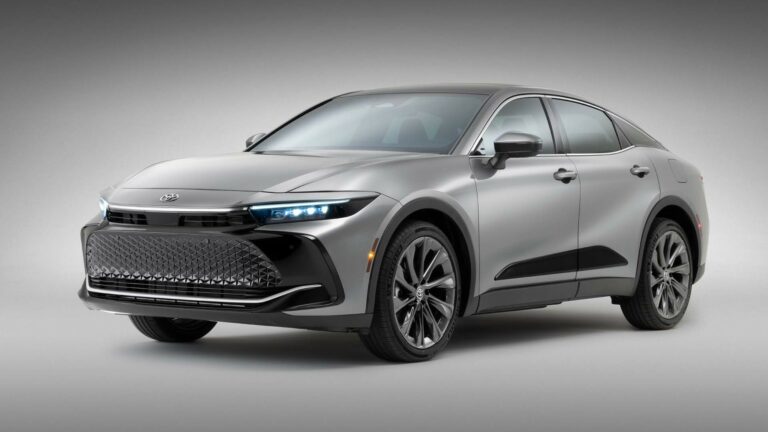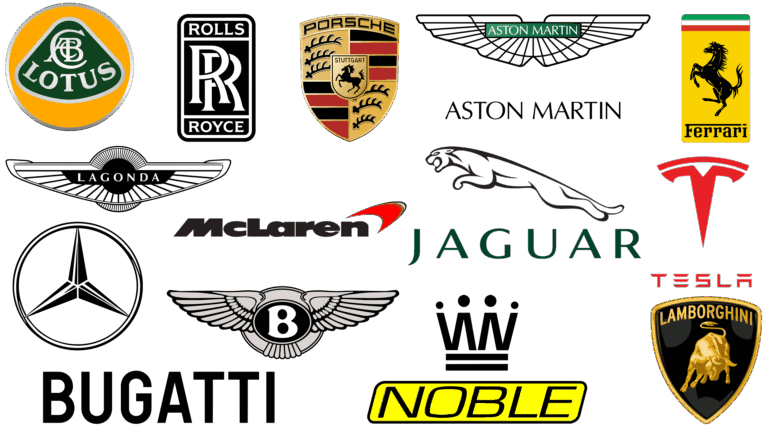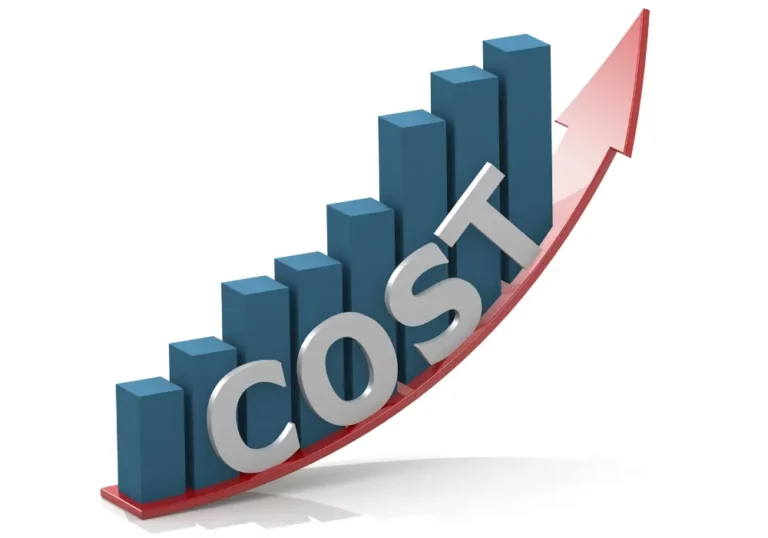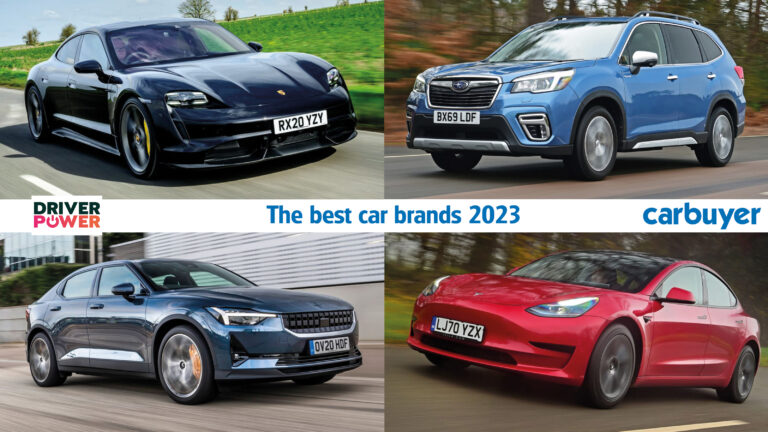Brand New Cars For $10,000: Navigating the Ultra-Budget Automotive Landscape
Brand New Cars For $10,000: Navigating the Ultra-Budget Automotive Landscape cars.truckstrend.com
The dream of driving off the lot in a brand new car is a universal one, often associated with the scent of fresh upholstery, an untouched odometer, and the peace of mind that comes with a full factory warranty. For many, this dream is tempered by a strict budget, leading to the intriguing and often challenging question: Is it truly possible to find a brand new car for $10,000?
In an era of rising inflation, increasingly complex safety regulations, and a global automotive market pushing prices ever higher, the idea of a $10,000 new car might seem like a relic from a bygone era. Indeed, for the vast majority of consumers in developed markets like North America, Europe, and Australia, purchasing a genuinely new vehicle for this price point is an extraordinary, almost impossible, feat. Most new cars today, even the most basic models, typically start well above $15,000, and often closer to $20,000 once destination charges, taxes, and fees are factored in.
Brand New Cars For $10,000: Navigating the Ultra-Budget Automotive Landscape
However, the quest for a $10,000 new car isn’t entirely quixotic. It forces us to examine niche markets, understand the most basic definitions of a vehicle, and consider the strategic approaches that might, just might, bring you close to this elusive price tag. This comprehensive guide will delve into the realities, possibilities, and crucial considerations for anyone hoping to stretch their $10,000 budget to acquire a brand new set of wheels.
The Reality Check: Is a Brand New Car Under $10,000 Even Possible?
Let’s address the elephant in the showroom: For the average consumer in a major Western market, finding a brand new car with an "out-the-door" price under $10,000 is exceptionally rare, if not impossible. The costs associated with manufacturing, safety features, emissions standards, technology, and even the logistics of getting a car to the dealership have driven prices significantly upwards.
Even the cheapest new cars available in markets like the United States, such as the Mitsubishi Mirage or the Chevrolet Spark (now discontinued), typically have an MSRP starting around $16,000-$18,000 for their absolute base trims. By the time you add destination charges (which can be $1,000+), sales tax, registration fees, and any dealer documentation fees, that $16,000 car easily becomes a $18,000-$19,000 purchase.
So, where does the idea of a $10,000 new car come from? It largely stems from a few very specific scenarios:
- Emerging Markets: In certain developing countries, particularly in Asia (like India or parts of China) or South America, there are indeed ultra-low-cost new cars designed for mass accessibility. These vehicles prioritize basic transportation over comfort, advanced safety features, or performance.
- Aggressive Incentives & Rebates: On extremely rare occasions, a manufacturer might offer a combination of significant cash back, loyalty discounts, and dealer incentives that, when applied to an already low-MSRP base model, could theoretically push the net purchase price below $10,000. This is highly dependent on timing, region, and the specific model being cleared out.
- Historical Context: Decades ago, simpler cars were available for much less. Inflation has significantly eroded the purchasing power of $10,000.

Understanding this fundamental reality is crucial to setting realistic expectations and exploring viable alternatives.
Exploring Niche Markets and Ultra-Budget Models
While the options are severely limited in most developed nations, ultra-budget new cars do exist in specific global markets. These vehicles are engineered with cost as the absolute priority, often sacrificing features, power, and even some modern safety amenities to achieve an extremely low price point.
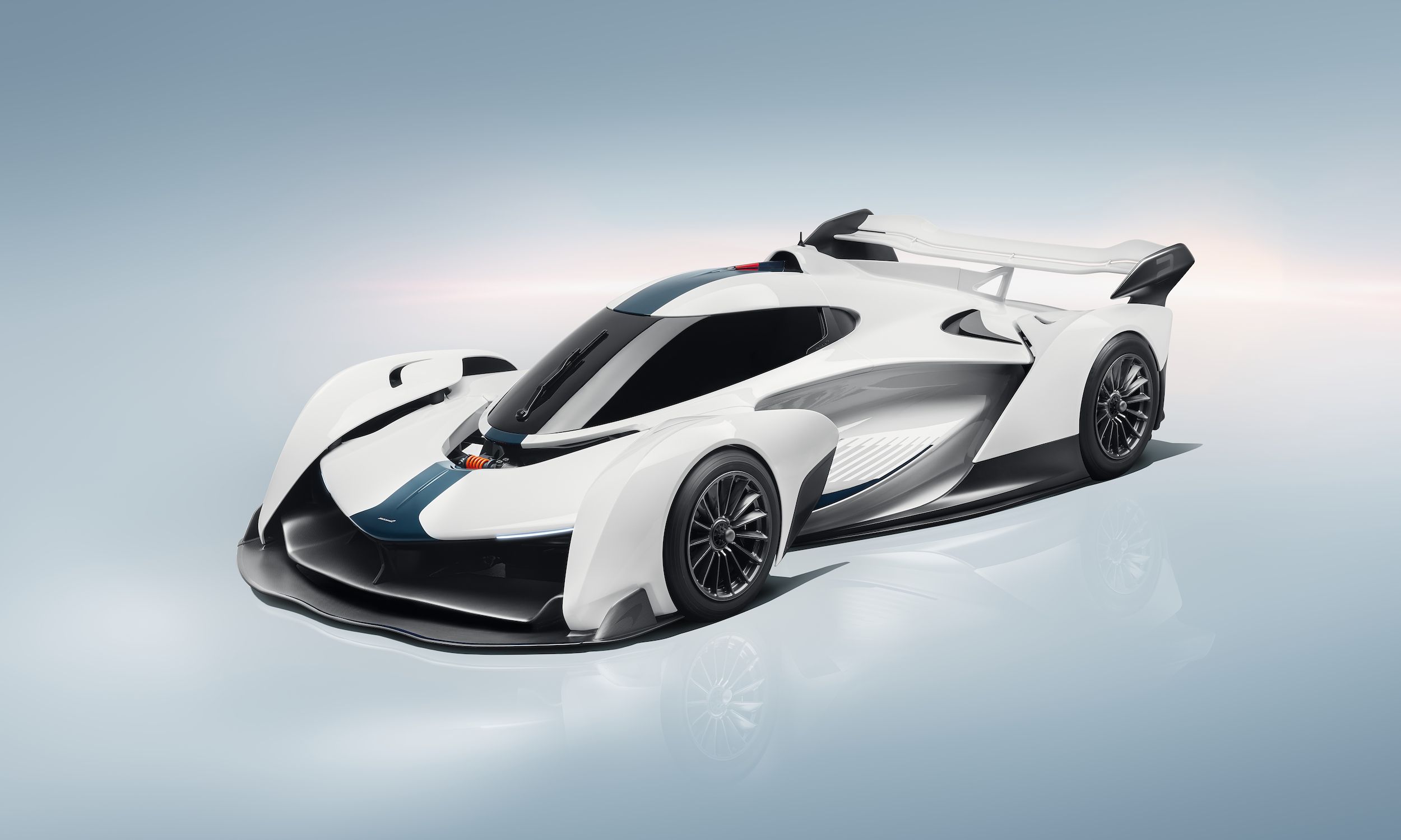
Examples (primarily historical or from emerging markets):
- Tata Nano (India): Famously launched as "the world’s cheapest car" in 2009, with a price tag of around $2,500 USD at the time. While discontinued due to declining sales and safety concerns, it exemplifies the extreme end of budget car manufacturing. It was designed to get families off motorcycles and into four wheels, offering basic mobility.
- Renault Kwid (India/South America): A popular entry-level crossover-style hatchback in emerging markets. While its starting price varies by region, some basic versions in India can be equivalent to well under $10,000 USD before local taxes. It offers more features than the Nano but is still a very basic vehicle by global standards.
- Wuling Hongguang Mini EV (China): While an electric vehicle, this tiny car has taken the Chinese market by storm due to its incredibly low starting price, often equivalent to $4,500 – $6,000 USD. It’s designed for short urban commutes and has a limited range and top speed, but it’s a new car for an exceptionally low price.
- Certain Entry-Level Models in Southeast Asia/Africa: Various manufacturers offer bare-bones sedans or hatchbacks specifically for these markets, where consumer purchasing power is lower. These cars are often stripped of non-essential features, and safety standards may not be as stringent as in Western countries.
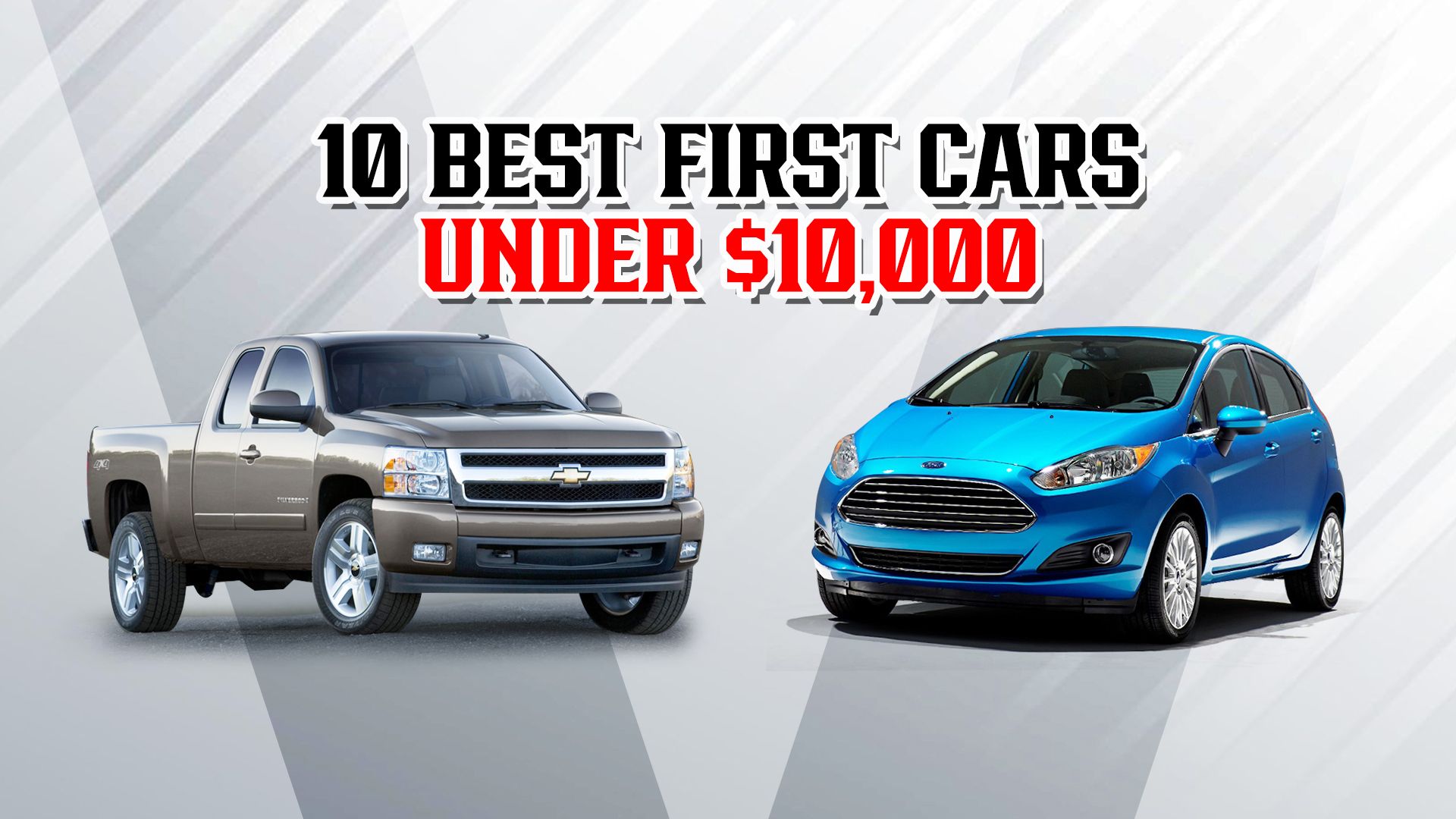
What to expect from these cars:
- Bare Bones: Manual windows, no air conditioning (or optional), basic radio (or none), steel wheels, minimal interior trim.
- Small Engines: Typically 0.8L to 1.2L engines, designed for fuel efficiency rather than performance.
- Basic Safety: May only have 1-2 airbags, no ABS or ESC (Electronic Stability Control) in the absolute cheapest trims, and often receive lower crash test ratings compared to global standards.
- Limited Availability: These models are generally not sold in North America, Europe, or other highly regulated and affluent markets due to differing consumer expectations and stringent safety/emissions laws.
The "Near-New" Alternative: Certified Pre-Owned and Low-Mileage Used Cars
For most consumers in developed countries, the most realistic path to a modern, reliable vehicle within a $10,000 budget is to look at the "near-new" market. This includes certified pre-owned (CPO) vehicles and well-maintained, low-mileage used cars that are 2-5 years old.
Why this is a better option for $10,000:
- Depreciation Advantage: New cars lose a significant portion of their value (20-30%) in the first year alone. Buying a car that’s a few years old means someone else has absorbed that initial depreciation hit.
- Better Features: A $10,000 used car can often get you features like power windows, air conditioning, Bluetooth, and potentially even some advanced safety features (like a backup camera) that would be non-existent in a hypothetical new car at that price point.
- Reliability: Many reliable economy cars, like the Honda Fit, Toyota Yaris, Hyundai Accent, Kia Rio, Nissan Versa, or Mitsubishi Mirage, are readily available on the used market within the $8,000-$12,000 range.
- Certified Pre-Owned (CPO): These are used vehicles sold by a franchised dealership, typically low mileage and relatively new, that have undergone a rigorous multi-point inspection. They often come with an extended manufacturer warranty, roadside assistance, and other benefits, providing a level of peace of mind akin to buying new, but at a significantly reduced price.
While not "brand new," a CPO or well-vetted used car offers a far superior value proposition for $10,000 in terms of features, safety, and long-term reliability compared to the extremely limited "new" options.
Strategic Buying: Maximizing Your $10,000 Budget (for new or near-new)
If you are determined to push the boundaries of the $10,000 budget for a new car, or simply want to get the absolute most for your money in the near-new market, strategic buying is essential.
- Target the Absolute Base Trim: Forget about optional packages, alloy wheels, or infotainment upgrades. Your focus must be on the absolute cheapest trim level available. This often means manual transmission, manual windows, and basic amenities.
- Hunt for Deep Incentives and Rebates: Manufacturers and dealerships often offer significant incentives to clear out previous model years, unpopular colors, or slow-selling models. Look for:
- Year-end clearouts: Dealers want to make room for new inventory.
- Model changeovers: When a new generation of a car is introduced, the outgoing model often sees heavy discounts.
- Manufacturer cash back: Direct rebates from the car company.
- Loyalty programs: Discounts for returning customers of the same brand.
- Finance incentives: Low APR offers, which can indirectly save you money.
- Negotiate Aggressively: Even on the cheapest cars, there’s often a little wiggle room. Do your research on invoice pricing and recent sales in your area. Be prepared to walk away if the deal isn’t right.
- Consider "Stripped" Models: Some manufacturers produce "fleet" models or "special order" base models that are even more basic than their advertised entry-level trims. These are rare but can be cheaper.
- Understand the "Out-the-Door" Price: This is critical. The advertised MSRP (Manufacturer’s Suggested Retail Price) is rarely what you pay. Always factor in:
- Destination/Freight Charge: The cost to ship the car to the dealership. This is non-negotiable and can be $1,000-$1,500.
- Sales Tax: Varies by state/province, but can add hundreds or even over a thousand dollars.
- Registration & Title Fees: Government fees to register the vehicle.
- Dealer Fees: Documentation fees, prep fees, etc. Some are legitimate, others are "fluff." Be wary of excessive or undisclosed fees.
For example, a car with an MSRP of $9,500 might seem like it fits the budget, but with a $1,200 destination charge, $700 in sales tax, and $300 in dealer/registration fees, your actual out-the-door price is $11,700 – already over budget.
Important Considerations and Potential Challenges
Opting for the absolute cheapest new car, or even a very inexpensive used car, comes with its own set of challenges and compromises.
- Safety Features: Ultra-low-cost new cars (especially those from emerging markets) may lack advanced safety features like multiple airbags, Anti-lock Braking Systems (ABS), Electronic Stability Control (ESC), or advanced driver-assistance systems (ADAS) like automatic emergency braking. Even base models in developed markets might lack these.
- Reliability & Durability: While new, a vehicle built to an extremely low price point might use cheaper materials and components, potentially impacting long-term durability and increasing the likelihood of repairs down the line.
- Resale Value: The cheapest new cars often have very poor resale value. They depreciate quickly, and their limited features make them less attractive on the used market.
- Limited Features & Comfort: Expect manual everything (windows, locks, mirrors), no cruise control, no touchscreen infotainment, basic cloth seats, and minimal sound insulation. Long drives can be uncomfortable.
- Performance: Small, underpowered engines mean slow acceleration and often struggle on highways or inclines.
- Financing: Securing a loan for such a low amount can sometimes be challenging, or interest rates might be higher due to the perceived risk or administrative costs for the lender.
- Availability: As discussed, truly new cars under $10,000 are exceedingly rare in most developed markets, making the search itself a significant challenge.
Practical Advice and Actionable Insights
- Define Your True Needs: Separate your absolute necessities from your wants. Do you need air conditioning? Power windows? Automatic transmission? The fewer features you require, the closer you might get to a lower price point.
- Research Thoroughly (and Globally): If you’re serious about a new car under $10,000, you need to be aware of what models exist in which markets. Understand that importing a car from an emerging market to a developed one is usually cost-prohibitive and fraught with regulatory hurdles.
- Embrace the Used Market: For most people, a $10,000 budget is best spent on a reliable 2-5 year old used car. You’ll get more features, better safety, and superior long-term value. Look for models known for reliability like the Toyota Yaris, Honda Fit, or the aforementioned Kia Rio/Hyundai Accent.
- Calculate the "Out-the-Door" Price: Always, always, always ask for the total "out-the-door" price, including all taxes, fees, and charges, before you get your hopes up.
- Be Patient and Flexible: Finding a new car at this price point, or the best used car deal, requires patience. Be ready to travel to different dealerships, wait for the right incentives, and be flexible on color or specific options.
- Consider Total Cost of Ownership: Don’t just look at the purchase price. Factor in insurance, fuel efficiency, and potential maintenance costs. A car that is cheap to buy but expensive to run isn’t a good deal in the long run.
Table Price: Hypothetical/Historical Examples of Ultra-Low Cost New Cars
Please note: This table represents hypothetical or historical pricing for new vehicles that might have approached or fallen under the $10,000 mark in specific global markets or under extraordinary incentive conditions. These prices generally do not include destination charges, sales tax, registration fees, or dealer documentation fees, which would push the "out-the-door" price higher. Availability in developed Western markets is extremely limited or non-existent for most of these models.
| Model (Manufacturer) | Approximate Base MSRP (USD Equivalent) | Key Features (Very Basic) | Notes / Availability |
|---|---|---|---|
| Tata Nano (Tata Motors) | ~$2,500 – $3,500 (historical) | 0.6L engine, 4 seats, manual windows, no AC/radio on base. | Discontinued. Primarily India. Known as "world’s cheapest car." |
| Wuling Hongguang Mini EV (SAIC-GM-Wuling) | ~$4,500 – $6,000 | Electric, 2-4 seats, very small, limited range (~75-100 miles). | China market only. Highly popular urban commuter. |
| Renault Kwid (Renault) | ~$5,000 – $8,000 | 0.8L – 1.0L engine, manual, basic safety (varies by region). | Primarily India, South America, parts of Africa/Asia. Varies greatly by market. |
| Maruti Suzuki Alto (Maruti Suzuki) | ~$4,000 – $7,000 | 0.8L engine, manual, basic interior, minimal safety. | India’s best-selling car for many years. Not available in Western markets. |
| Dacia Sandero Access (Renault-Dacia) | ~$8,500 – $10,500 | 1.0L engine, manual, no radio/AC, steel wheels, basic safety. | European market. One of Europe’s cheapest new cars. Price often exceeds $10k after taxes/fees. |
| Chevrolet Spark LS (General Motors) | ~$16,000 – $17,000 | 1.4L engine, manual, basic infotainment, AC. | US Market (Discontinued 2022). Even at base, well above $10k MSRP. |
| Mitsubishi Mirage ES (Mitsubishi) | ~$16,695+ | 1.2L engine, CVT or manual, basic infotainment, AC. | US Market. Current cheapest new car in USA by MSRP, but still far above $10k. |
Disclaimer: All prices are approximate USD equivalents and highly subject to change, regional variations, currency fluctuations, and specific market conditions. "Brand new cars for $10,000" in developed markets are virtually non-existent when considering the full "out-the-door" price.
Conclusion
The notion of purchasing a brand new car for $10,000 in today’s global automotive landscape is, for most consumers in affluent markets, more of an aspirational fantasy than a practical reality. Manufacturing costs, regulatory requirements, and consumer expectations have collectively pushed the baseline price of new vehicles significantly higher.
However, understanding the challenges allows for a more informed approach. While a truly "new" car for under $10,000 is a unicorn in places like North America or Europe, the concept points us towards valuable alternatives. The savvy budget-conscious buyer will find far greater value, safety, and features in the certified pre-owned or low-mileage used car market. For those in emerging economies, ultra-budget new cars do exist, albeit with significant compromises in features, safety, and performance.
Ultimately, navigating the $10,000 automotive budget requires realistic expectations, diligent research, and a willingness to explore all viable options. The goal remains the same: reliable transportation that fits your financial means, even if the "brand new" part of the equation might need to be redefined.
Frequently Asked Questions (FAQ)
Q1: Can I really buy a brand new car for $10,000 in the USA/Canada/UK/Australia?
A1: Generally, no. In these developed markets, the "out-the-door" price (including destination charges, taxes, and fees) for even the most basic new cars starts well above $10,000, typically closer to $16,000-$20,000. Any advertised price near $10,000 would likely be an extremely rare, heavily incentivized base model that doesn’t include all necessary fees.
Q2: What kind of features can I expect in a $10,000 new car (if one existed)?
A2: You would expect the absolute bare minimum: manual transmission, manual windows, no air conditioning (or optional), steel wheels with hubcaps, and a very basic (or no) radio. Advanced safety features like ABS, ESC, or airbags beyond the mandatory few might be absent, especially in emerging market vehicles.
Q3: Are these cheap new cars safe?
A3: Safety standards vary significantly by market. Ultra-low-cost new cars in emerging markets may not meet the same stringent safety standards as vehicles sold in North America or Europe. They often lack advanced safety features and may perform poorly in independent crash tests compared to more expensive models.
Q4: What are the hidden costs of buying a new car at a low price?
A4: The "hidden" costs are often the standard costs not included in the MSRP: destination/freight charges (non-negotiable), sales tax, registration and title fees, and various dealer fees (documentation fees, preparation fees, etc.). These can easily add $2,000-$4,000 or more to the sticker price, pushing a seemingly $10,000 car well over budget.
Q5: Is it better to buy a used car for $10,000?
A5: In most developed markets, absolutely. A $10,000 budget for a used car (especially a 2-5 year old reliable model like a Toyota Yaris, Honda Fit, or Kia Rio) will generally get you a vehicle with more features, better safety, proven reliability, and significantly less depreciation than trying to find a brand new car at that price point.
Q6: How do I find these ultra-cheap new cars?
A6: For developed markets, focus on the lowest trim levels of the cheapest available models (e.g., Mitsubishi Mirage). Then, meticulously search for manufacturer rebates, dealer incentives, and end-of-year clearouts. Be prepared for a very limited selection and to negotiate aggressively on the "out-the-door" price. For emerging market vehicles, direct purchase and import are generally not feasible or cost-effective for individual consumers.

